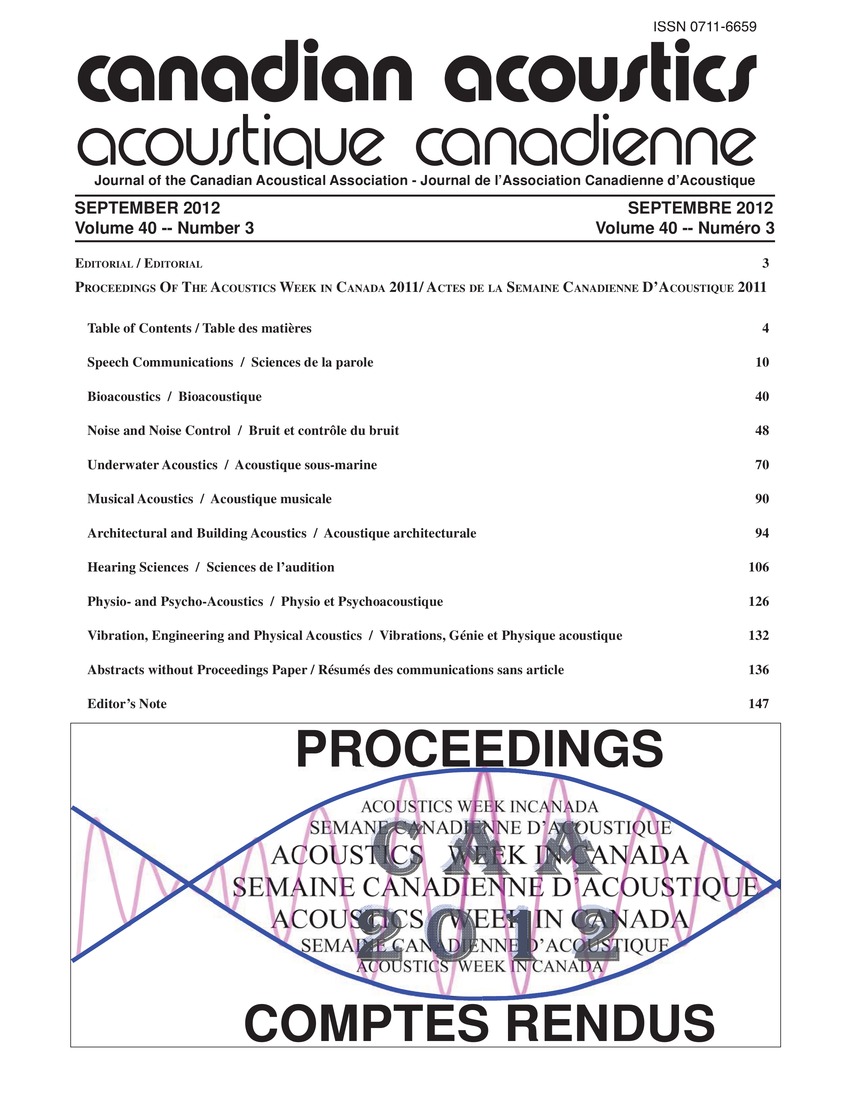Llnguopalatal contact differences between Japanese geminate and singleton stops
Keywords:
Degree of contactAbstract
Japanese is known to exhibit a phonemic contrast between geminate and singleton consonants. This contrast has received considerable attention in phonetic literature, with most studies focusing on its most salient, durational properties - differences between geminated and singletons in the duration of the consonant and the preceding or following vowel. The results of this preliminary study confirm the hypothesis that durational differences in the production of Japanese geminate/singleton stops can be accompanied by differences in the degree of contact. The longer geminates tend to be articulated with a tighter constriction, compared to the shorter and weaker-articulated singletons. To conclude, the current study presented some evidence for the role of degree of contact in the realization of the Japanese geminate and singleton stops, contributing to the growing body of work on non-durational acoustic and articulatory correlates of the contrast.Additional Files
Published
How to Cite
Issue
Section
License
Author Licensing Addendum
This Licensing Addendum ("Addendum") is entered into between the undersigned Author(s) and Canadian Acoustics journal published by the Canadian Acoustical Association (hereinafter referred to as the "Publisher"). The Author(s) and the Publisher agree as follows:
-
Retained Rights: The Author(s) retain(s) the following rights:
- The right to reproduce, distribute, and publicly display the Work on the Author's personal website or the website of the Author's institution.
- The right to use the Work in the Author's teaching activities and presentations.
- The right to include the Work in a compilation for the Author's personal use, not for sale.
-
Grant of License: The Author(s) grant(s) to the Publisher a worldwide exclusive license to publish, reproduce, distribute, and display the Work in Canadian Acoustics and any other formats and media deemed appropriate by the Publisher.
-
Attribution: The Publisher agrees to include proper attribution to the Author(s) in all publications and reproductions of the Work.
-
No Conflict: This Addendum is intended to be in harmony with, and not in conflict with, the terms and conditions of the original agreement entered into between the Author(s) and the Publisher.
-
Copyright Clause: Copyright on articles is held by the Author(s). The corresponding Author has the right to grant on behalf of all Authors and does grant on behalf of all Authors, a worldwide exclusive license to the Publisher and its licensees in perpetuity, in all forms, formats, and media (whether known now or created in the future), including but not limited to the rights to publish, reproduce, distribute, display, store, translate, create adaptations, reprints, include within collections, and create summaries, extracts, and/or abstracts of the Contribution.


